
Chrysalis: Humanity’s 36-Mile-Long Generation Ship Concept to Reach Proxima Centauri
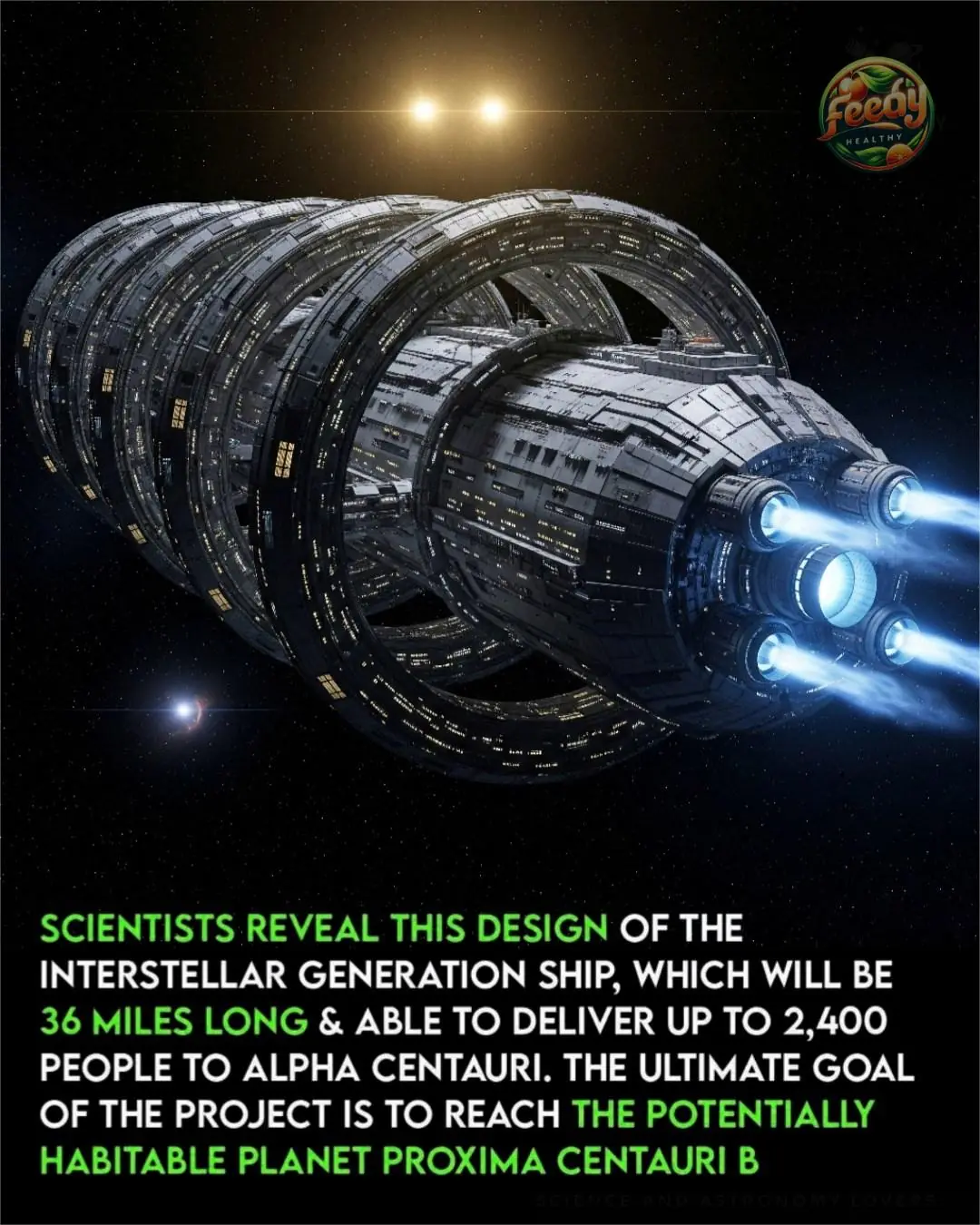
Chrysalis: A Bold Blueprint for Humanity’s First Interstellar Colony
In a groundbreaking vision for life beyond Earth, scientists and engineers have unveiled Chrysalis, a proposed generation ship designed to carry thousands of people on a centuries-long journey to Proxima Centauri b—a potentially habitable exoplanet orbiting our nearest star, 4.24 light-years away.
The concept was developed by participants in the Project Hyperion Design Competition, organized by the Initiative for Interstellar Studies (i4is), where it earned first place for its innovative solutions to the enormous challenges of interstellar colonization.
A City in Space
Measuring an astonishing 36 miles (58 km) in length, Chrysalis would resemble a massive cigar-shaped structure built with a layered “Russian doll” design. Its outer shells would shield inhabitants from radiation, micrometeoroids, and extreme temperatures, while concentric interior layers would house living quarters, farms, freshwater lakes, and biodomes that replicate Earth’s ecosystems.
The ship is designed to sustain 1,500–2,400 people, including specialists such as scientists, engineers, medical staff, educators, and agricultural workers. Rotating rings along the vessel would generate artificial gravity, reducing the health risks associated with prolonged weightlessness. Meanwhile, closed-loop life-support systems would recycle air, water, and food, supported by lush onboard biomes ranging from tropical forests to farmland, ensuring both sustenance and psychological well-being.
Propulsion and Longevity
At the heart of Chrysalis lies a direct fusion propulsion system, a still-theoretical technology capable of providing both thrust and onboard energy. The journey to Proxima Centauri b is expected to last around 400 years, meaning dozens of human generations would live and die aboard the ship before its arrival.
This reality poses profound social and cultural challenges. Chrysalis is not only an engineering feat but also a social experiment, requiring AI-assisted governance, advanced education systems, and robust community structures to preserve knowledge, cultural identity, and cohesion across centuries.
Ethical and Social Dimensions
Designers have highlighted that the mission’s success hinges on more than just technology. Ethics, psychology, and social planning are central to the project: How can generations born in deep space remain motivated to complete a mission they will never see fulfilled? How can communities maintain stability, morale, and a sense of purpose over centuries?
To address these concerns, the proposal includes governance frameworks inspired by sociocracy, alongside AI-managed education and cultural continuity systems designed to nurture resilience and adaptability.
Safety and Sustainability
Safety remains a priority throughout the Chrysalis design. Features include robotic maintenance units, modular compartments for flexible repairs, radiation shelters, and redundant shielding to protect against cosmic debris. By integrating sustainability with redundancy, Chrysalis is envisioned as both a secure vessel and a living ecosystem.
A Vision Beyond Earth
Although the true habitability of Proxima Centauri b is still uncertain, its location in the habitable zone of Proxima Centauri makes it a prime candidate for interstellar colonization. Chrysalis provides a blueprint for survival beyond the solar system, combining cutting-edge engineering with ecological sustainability and cultural foresight.
If ever realized, Chrysalis would mark humanity’s first interstellar colony, reshaping how civilization conceives of time, community, and destiny. More than a spacecraft, it stands as a cultural milestone, urging humanity to plan not just for decades—but for centuries.
News in the same category


Bedtime Stories: A Simple Ritual With Lifelong Benefits

Cryonic preservation: 50 years later

A Dog’s Unfinished Dream of Happiness Finally Comes True
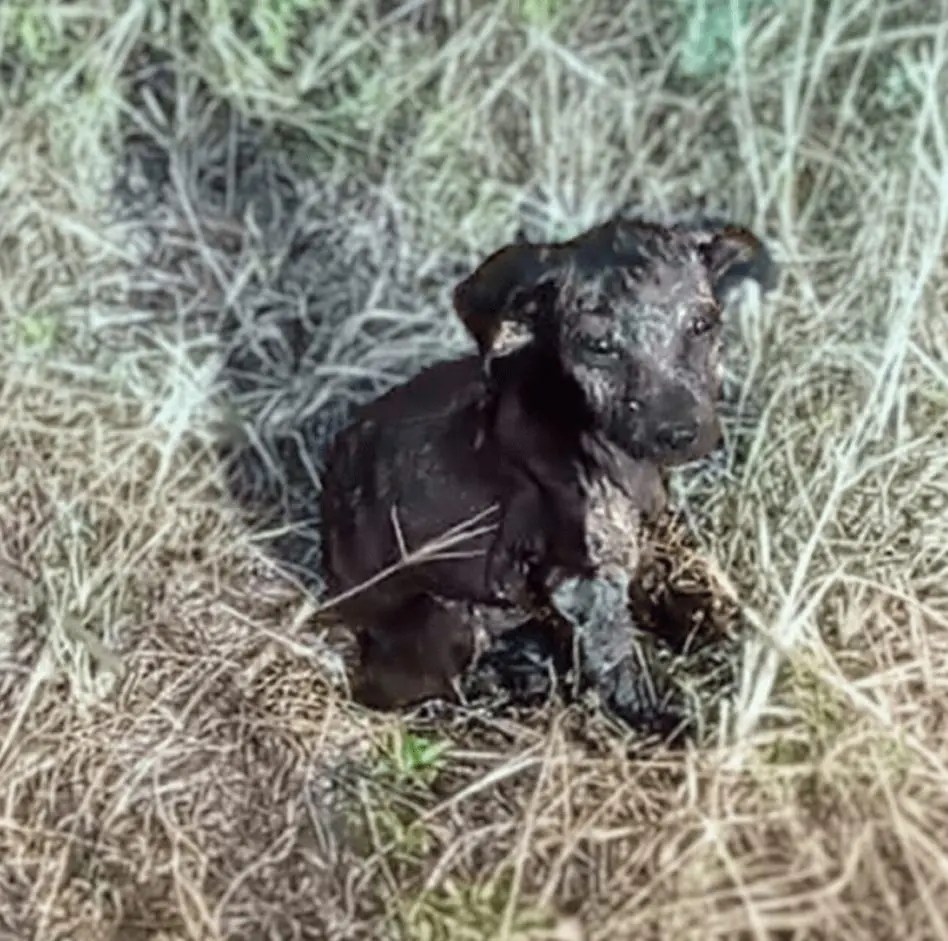
From Abandoned to Adored: Amber the Puppy’s Journey to Hope and a Fresh Start!
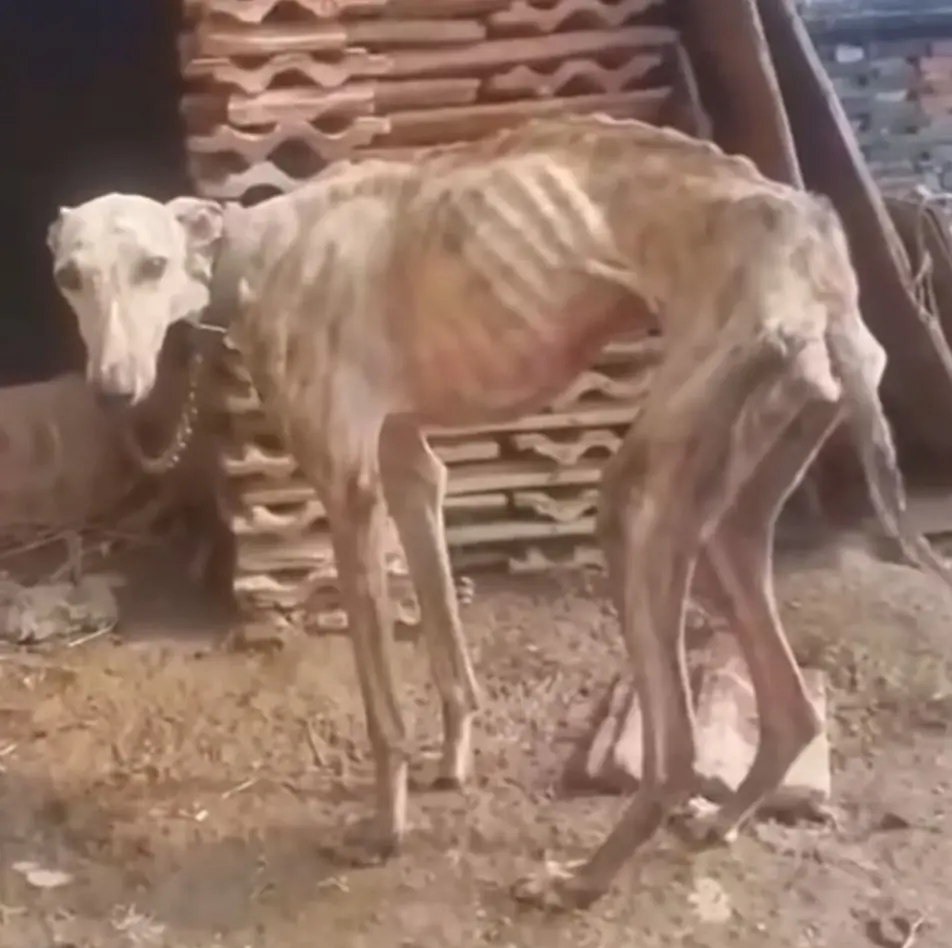
From Stray on the Streets to Shining Star: Sam’s Inspiring Recovery Journey

Chimpanzee has the sweetest reaction after seeing the sky for the first time after life of captivity

Researchers Explore Potential Dementia Risk Linked to Gabapentin

Shelter Dog Extends Paw Through Kennel Bars, Longing for Love and a Home

From Despair to Mobility: Rescued Husky Vova Triumphs Against Adversity with New Wheels
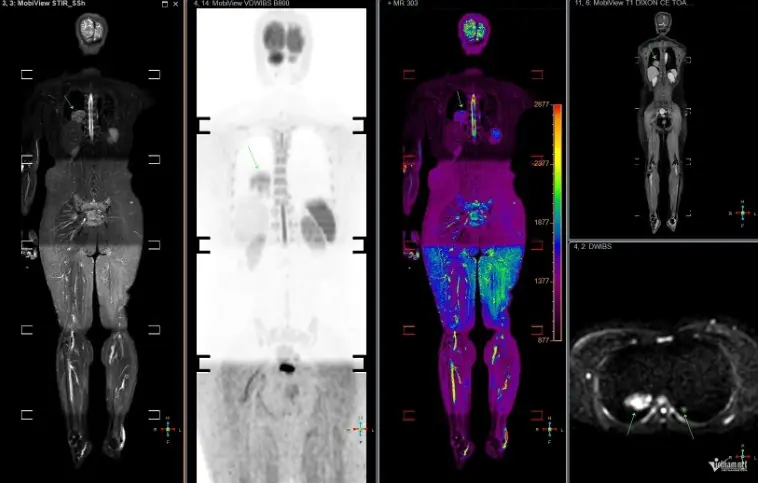
Wife Diagnosed with Terminal Cancer Due to Her Husband’s Habit

She Thought She Saw A Happy Bird In The Woods, Then Suddenly Realizes Her Mistake

Doctor discusses the dangers of kissing someone who passed away and the health risks it can create
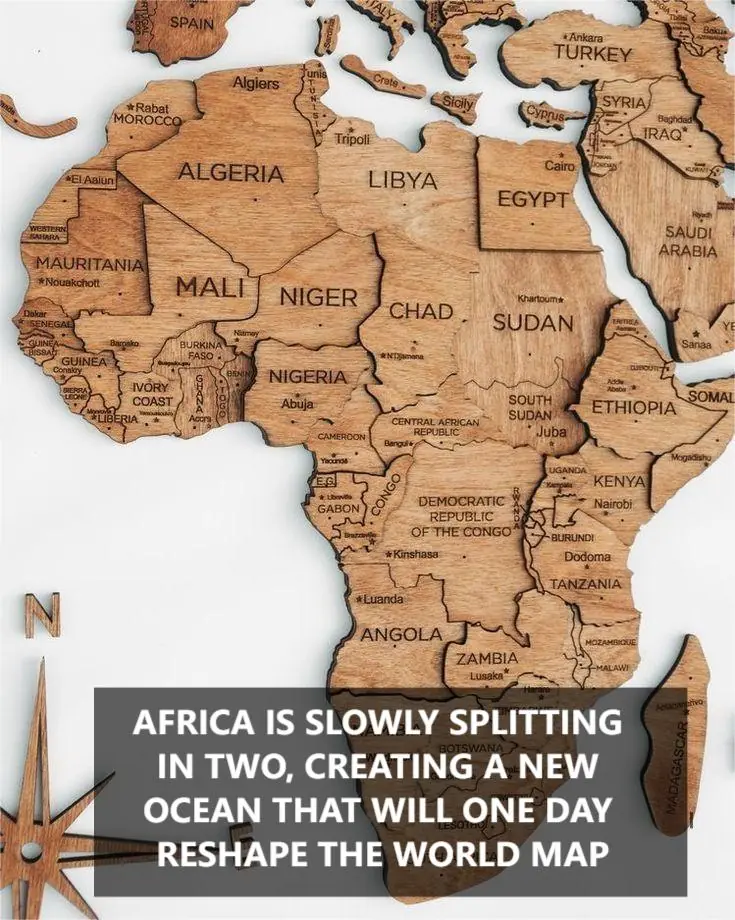
The Great Rift: How Africa is Slowly Splitting to Form a New Ocean

‘Zombie Squirrels’ with oozing flesh terrify U.S. homeowners
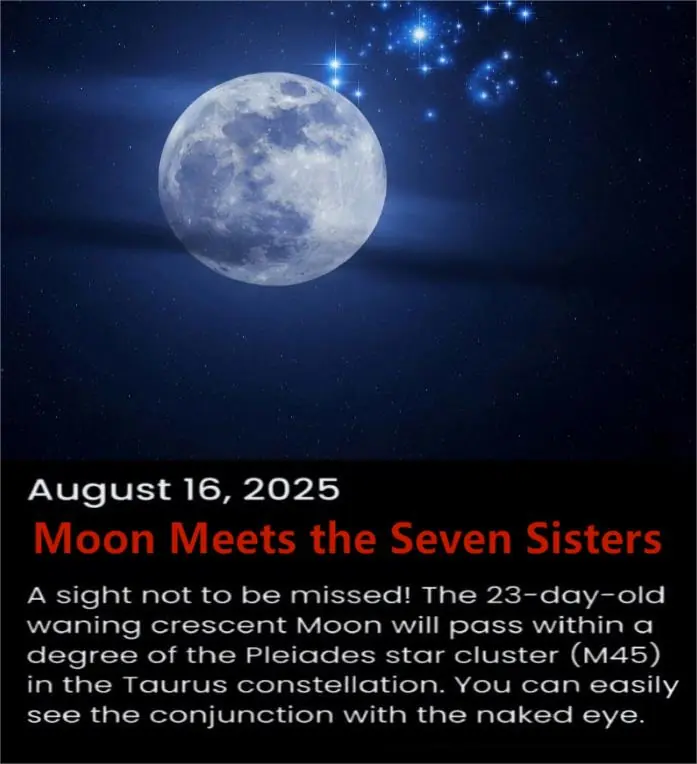
Celestial Jewelry: Moon Meets the Seven Sisters at Dawn

Tourist’s Selfie Stunt Turns Into Terrifying Crocodile Attack in the Philippines

The Hidden Power of Outdoor Play: How One Hour a Day Shapes Young Minds

Music and the Mind: How Playing Tunes to Babies Boosts Early Brain Development
News Post

How Learning Music Shapes Young Minds

Bedtime Stories: A Simple Ritual With Lifelong Benefits

The Day Courage Jumped Into The Water

🍫 Chocolate Drip Bundt Cake with Berries & Candy

🍫 Luxury Chocolate Truffle Drip Cake

🍫 Triple Chocolate Mousse Cake

Revitalize Your Eyebrows and Eyelashes: Say Goodbye to Thinness with This Natural Remedy of Just 2 Ingredients

🍫 Double Chocolate Ganache Macarons

☕🍫 Mocha Mousse Layer Cake

How to Identify Real Rice from Fake: A Practical Guide

Little girl emotionally sings ‘You Are My Sunshine’ to dying cat

🍒 Heart-Shaped Cherry Tarts

Cryonic preservation: 50 years later

🧁 Ferrero Rocher Cupcakes

🌋 Molten Chocolate Lava Cupcakes with Chili

🍫 Dubai Chocolate (Pistachio Chocolate Bars)

3-Step Okra Skin Care: Get Rid of Wrinkles, Large Pores & Dark Spots

Garlic, Cloves, and Ginger Destroy Toxins and Fungi in the Body! 🌿✨ Grandma’s Golden Recipe Revealed
